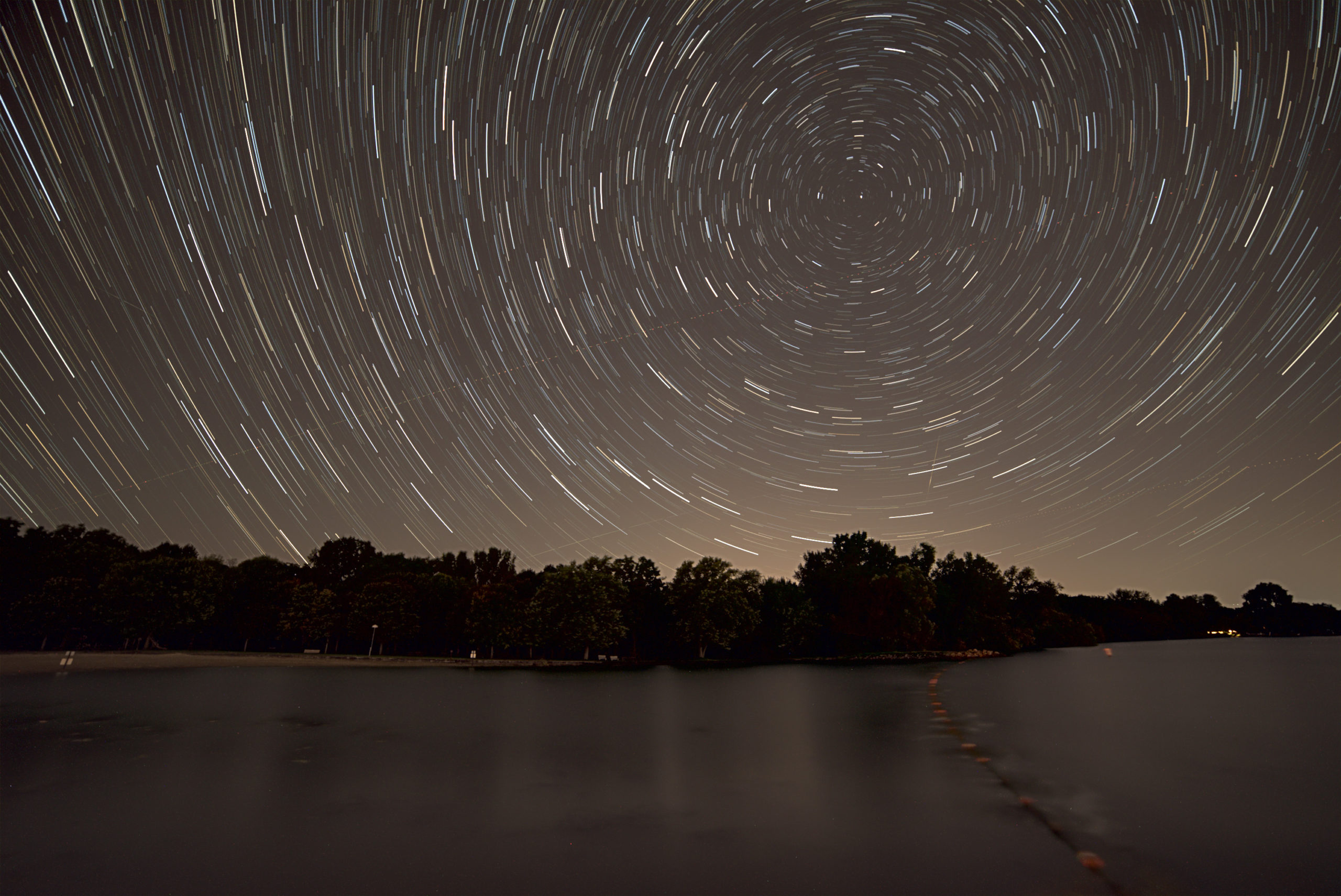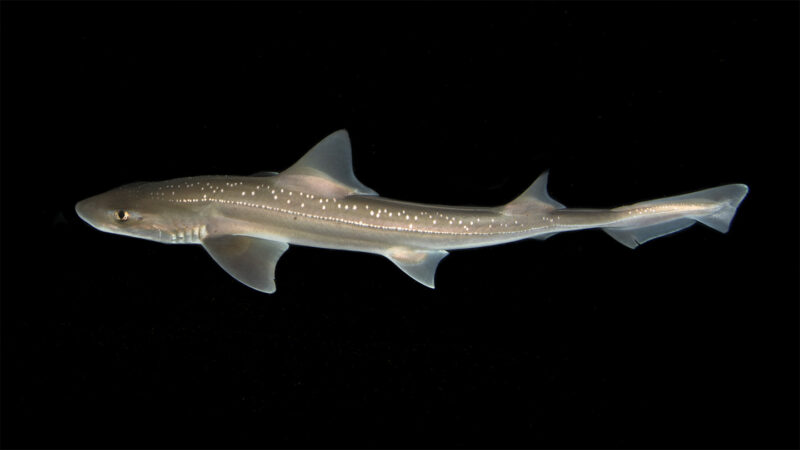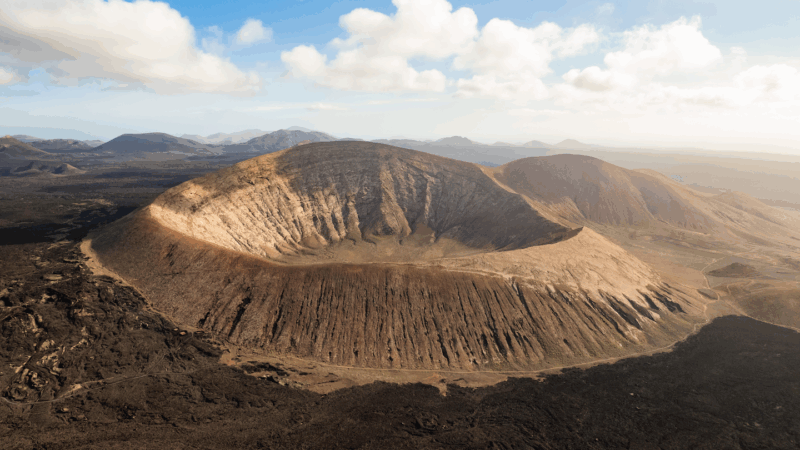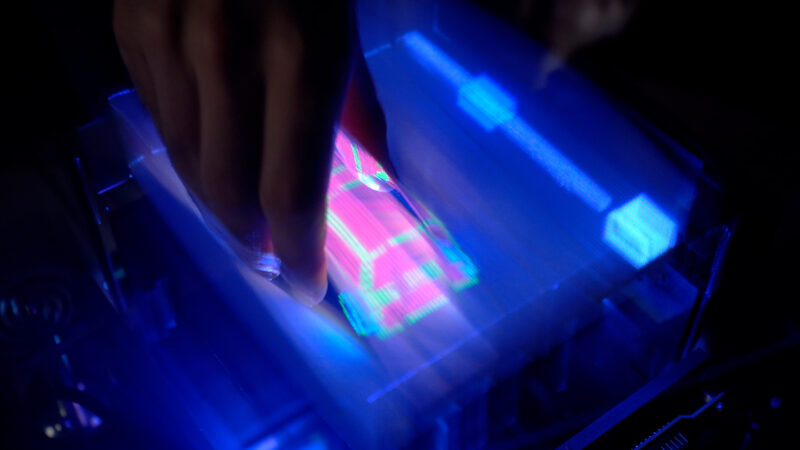It’s time for the Geminid meteor shower. The amazing shower will peak over the next couple of days, December 13-14. If you find an dark area with clear skies, you should see quite a show.
As you read this, the planet Earth is about to float through a highway of space debris. As the planet passes through the debris, some of it will enter our atmosphere and burn through the night sky as “shooting stars.” This particular shower of shooting stars is known in astronomical circles as the Geminid meteor shower, and Thursday, December 13 and Friday, December 14 are the best times to witness the event.
Where do the meteors come from?
The Geminid meteor shower is different than other showers in that it seems to have been spawned from a mysterious object called 3200 Phaethon; not from a comet (astronomers have not decided if Phaeton is an asteroid or the nucleus of a burned out comet). Phaeton crosses Earth’s orbit and leaves behind the debris trail that creates the Geminids. The meteors are named for the constellation Gemini (The Twins). If you were to trace the meteors flight backwards through the sky, you’d find them streaming from a single point in the sky. This point, called the radiant point, lies close to Gemini’s bright star, Castor.
When should I watch?
The Geminids shower is one of the year’s best. The show will start about mid-evening on December 13 and December 14. Typically, you will see more than 50 meteors an hour. That’s almost one each minute! As each meteor falls through our atmosphere, it will travel at about 22 mpg (35 km/h). That’s actually pretty slow for a meteor. As it falls, it pushes on the gas in front of it and compresses it – very quickly. This compression causes the gas and the meteor to heat up. The temperature of the meteor can reach as high as 3,000 degrees F (91,650 degrees C). At that temperature, the meteor is so hot that it actually glows. That’s why we can see the meteor (or shooting star) as it moves across the sky.
What’s the best way to see the Geminid meteor shower?
When it comes to viewing a meteor shower, you need darkness. The darker the better! For those of you willing to brave the cold of a December night, find a dark place (far from civilization) and simply look up. Position yourself so that the horizon appears at the edge of your peripheral vision, with the stars and sky filling your field of view. The Geminids will fall from the southwestern sky. The moon is in a waxing crescent phase for this year’s shower, so the sky should be nice and dark. Be patient and watch for an hour or more. Your eyes will need to adjust to the darkness. After a while, the meteors will grab your attention as they streak by.
What should I bring with me?
Think fireworks on the fourth of July. You’re going to be spending a lot of time in one spot looking up into the sky. You will need a comfortable chair or blanket to sit on. Bring some snacks, something to drink, bug spray, and red-filtered flashlights (to see in the dark without ruining your night vision). You may also want to bring a buddy to watch with you (always a good idea). A telescope or binoculars won’t be necessary. You’ll be able to see most of the meteors with the naked eye. If you are a photographer, you may want to snap a couple of shots. Bring a tripod so that you can catch the particularly spectacular shots!
Try to catch a glimpse of the shower if you can. For more information on watching the Geminids, try this site: Top 10 tips for watching the Geminids.

















